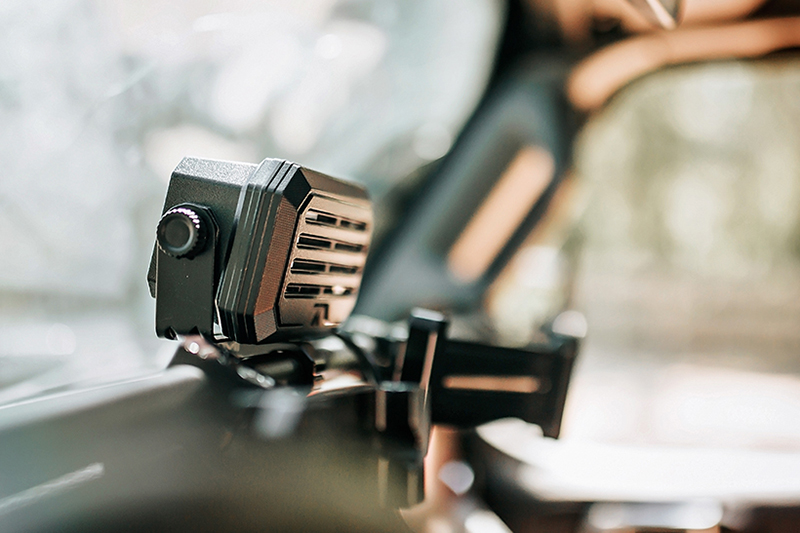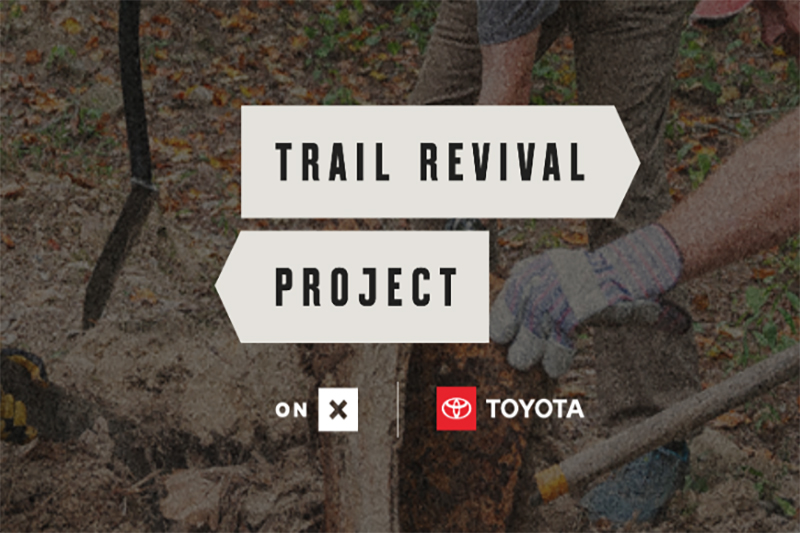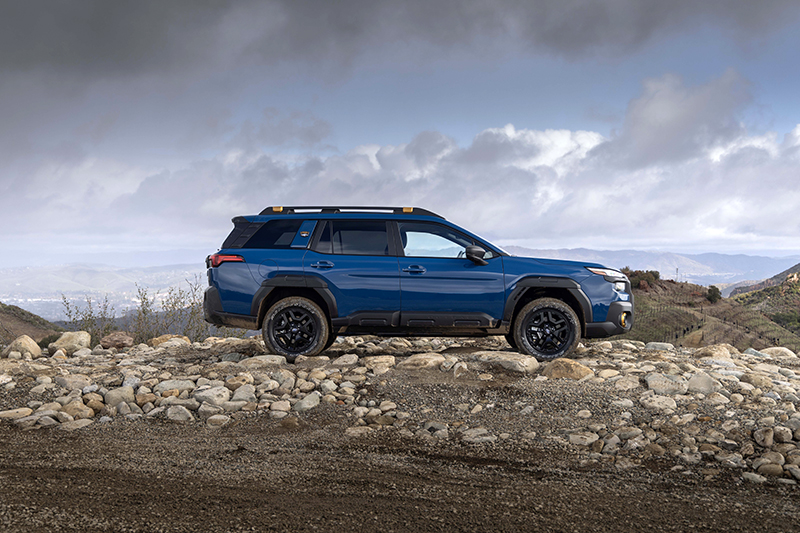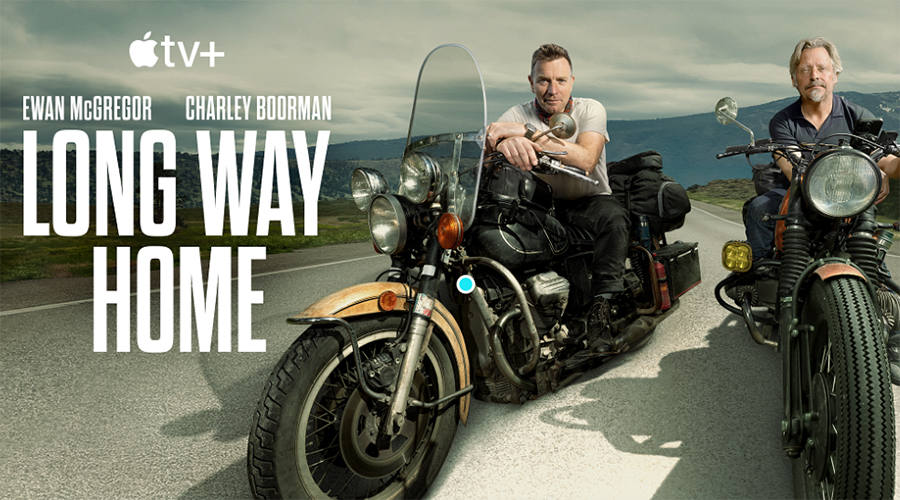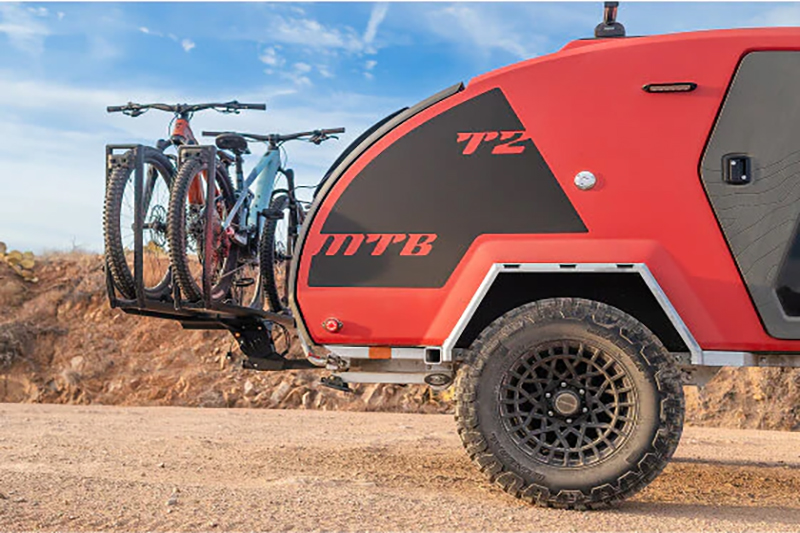Four friends travel across the United States in a 1970 Volkswagen bus, from the torrid flats of South Dakota to the rocky California coast.
Part 1: Badlands National Park
“The river flows in long sigmoid curves through alluvial valley of no great width. The amount of this alluvial land enclosed by a single bend is called a bottom, which may be either covered with cotton-wood trees or else by simply a great grass meadow. From the edges of the valley the land rises abruptly in steep high buttes whose crests are sharp and jagged. This broken country extends back from the river for many miles, and has been called, by Indians, French voyageurs, and American trappers alike, the ‘Bad Lands..’”
Theodore Roosevelt, 1885.
A weary and punch-drunk “it’s gotta be the fuel pump” sounded from the back bench as I nervously thumbed through a repair manual. It was 3:00 a.m. and we were stuck alongside Interstate 90 west of Albert Lea, Minnesota. A flickering roadway light cast a dull orange candescence on the book’s pages as I silently traced each sentence with my index finger. A train sounded in the night.

In our wildly unadulterated, unwavering and obstinate pursuit of neither-here-nor-there, we spent a summer meandering along the backroads of America, past dead-end towns, empty cul-de-sacs and forgotten roadside stands. Our sure-footedness hinged delicately on a collective, albeit elementary, understanding of basic small engine repair and maintenance. We frequently called upon distant memories of mending broken lawn mowers in our parents’ yards and helping friends wrench on rusted beaters in high school, denying any feelings of trepidation and prudence in a youthful and aggressive display. It was this same wide-eyed optimism that led us to the 45-year-old vehicle and a trip that would undoubtedly shape our friendship and our lives.

My brother and I acquired the bus in October 2014 from a local mechanic and used car dealer. The previous owner had purchased it in California, relocated to Vermont and blown the original 1,600cc engine. He aspired to fix the tired bus eventually, but, strapped for cash, continually put it off. Reluctantly, he sold the vehicle to us and wished us all the best. We replaced the seized flat-four and hastily gutted the interior. Decade-old cigarette stubs lay in the ashtray and under sunbleached carpets. We even found a fortune cookie which, in some allegorical declaration, read, “If you have great ambition, take as big a step in the direction of fulfilling it.” Later, we taped it to the dash and would anxiously eyeball it on long stretches of desolate roadway, steep alpine ascents and hairpin turns. We’d laugh as we slowly ascended mountaintops and point to the fortune in approval, as if a small coffee-stained scrap of paper gave us that extra push to the top. Months later, a haphazard itinerary was drawn. Points on a map connected by jagged and irregular lines offered a reassuring sense of direction. Our friends, Noah Sahady and Cody James, photographers from Brooklyn, sold us fully on the idea. A year prior, my brother Adam, Noah and Cody had ventured to Denali. I looked forward to joining them on this new exploit and welcomed their camaraderie during trying stretches of desert road and unnerving breakdowns. Between my brother and two friends, I couldn’t imagine doing this trip with anyone else.

The morning after our setback in Minnesota, groggy from the quick overnight stay in a seedy rest stop motel, we addressed the minor mechanical issue — an adjustment of the ignition points — and slowly lurched westward against a strong headwind. The Badlands’ towering precipices of sedimentary rock soon dotted the horizon. An hour east of Rapid City, the national park offers dizzying views of sun-scorched buttes surrounded by expansive, rolling prairie. Highway 240 is a convenient two-lane route through the park where the explorer can take advantage of scenic overlooks with names like White River Valley, Conata Basin and Hay Butte. Among the accessible and well marked hiking trails along the route, the Medicine Root Loop provides breathtaking views of the Badlands’ geological splendor. Be sure to explore the area’s mixed grasslands during morning hours before the summer heat. Of the two popular campgrounds within the park, Cedar Pass is the best option for RVs and large groups with traditional campsites and cement platforms. Sage Creek offers a more primitive experience and is free of charge. Sites are first-come, first-served and rarely fill to capacity. During the warmer months, be cautious of rattlesnakes cooling in knee-high brush. We didn’t see any rattlers, but park rangers routinely warned us to stay vigilant. Bighorn sheep, coyotes, prairie dogs, and various birds of prey also inhabit the park’s environs along with the American Bison.

Recently, the Department of the Interior’s Bison Conservation Initiative has led many advances in the preservation of these animals. In coordination with the National Forest Service, Oglala Sioux and private landowners, Badlands National Park seeks to expand the park’s southern quadrant, a 133,300-acre portion located on the Pine Ridge Indian Reservation. The newly adopted land will become the nation’s first Tribal National Park. There, sometime in 2016, the National Park Service plans to reintroduce more than 1,000 bison to the area, a pivotal step toward restoring the region’s native species as an ecological force in North America.
A herd grazed in the distance as we stretched our legs, sprinting among the mid-afternoon shadows cast by towering monuments of ancient geological deposits. We summited a small outcropping and surveyed the ethereal landscape as the summer sun burnt the backs of our necks. We stocked up on food and water just south of the park. A lone, exuberantly priced convenience store was our only option in this remote corner of the world. The near 100 °F weather had nearly exhausted our water supply and the air-cooled engine sweltered and lunged in the desert heat. Later that evening, we welcomed the cooler temperatures and setting sun as we pushed around on our skateboards. Meadowlarks warbled in the tall grasses as the last light of day faded from the sky.

During our time here, we were fortunate to have met Keith and Mary Lou. The couple had saved for an oversized tow-behind and planned to spend the next few weeks cruising around the Midwest. They graciously allowed us to pitch our tents in the far corner of their reserved campsite and denied the few dollars we could scrounge as payment. That evening, they even offered to cook us dinner. The following morning we took their picture and thanked them for their genuine hospitality. They couldn’t wait to hear more about our trip and encouraged us to keep in contact.

It was these unexplainable moments of thoughtfulness that unequivocally validated our pursuit. Kindness and authenticity comprised a metaphysical polaris on which we fixed our gaze. We wanted to learn about the people we met and the lives they led, and committed to an honest documentation of their story and the landscape that engulfed them. Whether it be the do-it-yourself mentality that first propelled us into this massive undertaking or our lifelong friendship and dedication to storytelling, we packed our skateboards and threw ourselves headfirst into the unknown.
OutdoorX4 Magazine – Promoting responsible vehicle-based adventure travel and outdoors adventure




